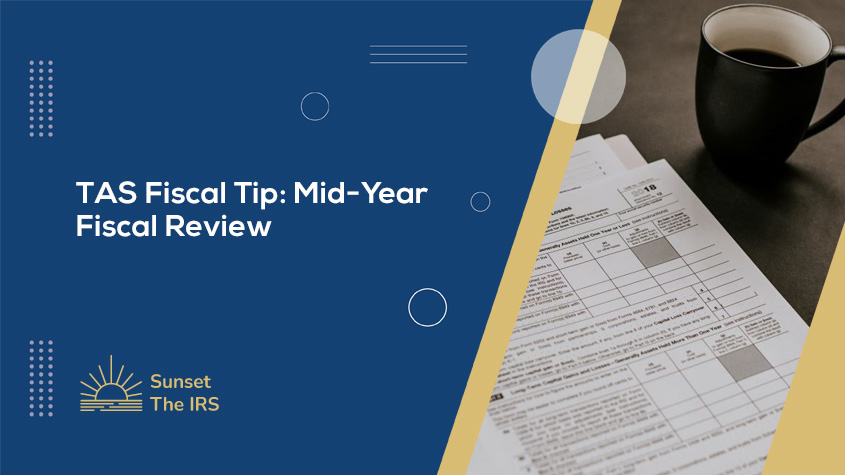
Summer is the perfect time for a mid-year tax check. A tax check will help you avoid being caught off guard by a potentially large tax bill and can help you figure out how to save for the rest of the year. Keep in mind that large tax breaks have been enacted for tax year 2021, but most of these tax law changes expired at the end of 2021. As a result, the child tax credit and the credit for other dependents, child care Children and Dependent Care Credit, Earned Income Tax Credit (EITC), and other popular tax breaks are different for tax year 2022 compared to 2021.
Organized:
Collect and keep your records and receipts. Recordkeeping can help you identify sources of income, keep track of deductible expenses, and make it easier for you to prepare a complete and accurate tax return.
Notify the IRS if your address changes and notify the Social Security Administration of a legal name change.
Create and/or sign in to your individual IRS online account to view your federal tax records, manage communication preferences, make payments and more.
Perform a paycheck review:
Pay close attention to your paychecks to avoid year-end surprises. Make sure your earnings are correct and that the correct amount of tax has been withheld. Over time, life events like marriage, divorce, having a child, buying a home, or changing your income can affect your taxes. The IRS Tax Withholding Estimator will help you evaluate your income tax credits, adjustments, and deductions and determine if you need to change your withholding tax. If a change is recommended, the assessor will provide instructions for updating the withholding tax with the employer online or by filing a new Form W-4, Employee's Withholding Tax Certificate.
Remember, most income is taxable. This includes the following sources and more:
- unemployment income;
- repay interest;
- enter the gig economy; Y
- virtual currencies.
Consider making estimated tax payments:
If you receive a substantial amount of non-wage income, such as self-employment income, investment income, Social Security tax benefits, or retirement and annuity income, you must make quarterly estimated tax payments. Sign in to your online account to make a payment online or go to IRS.gov/payments.
Check your pension contributions:
Review contributions to your retirement plan, such as 401(k)s and individual retirement accounts (IRAs). If you want to maximize your contributions, check the numbers to see how much you need to save from your remaining paycheck this year. The increase in pre-tax pension contributions reduces your taxable income for the year you contribute.
Report changes that could affect your health insurance Marketplace premiums:
If you have health insurance through your state's health insurance marketplace established under the Affordable Care Act, it's important to report any changes that may affect your premiums. Changes in circumstances that must be reported to the Marketplace include:
- Changes in family income (including social security lump sum distributions, pension accounts, etc.);
- Birth or adoption;
- Marriage or divorce;
- Move to a different address;
- Gain or lose eligibility for other health coverage; either
- Other changes that affect your income and that of your family.
If you want to see how a change in circumstances could affect your Premium Tax Credit (PTC), you can use the PTC Change Estimator Tool. Remember to contact your Marketplace to report a change in circumstances.
Plan your flexible health spending arrangements:
Check your Flexible Spending Agreement (FSA) balance. FSAs allow you to allocate part of your pre-tax income to qualified medical, dental, and vision expenses, along with other health-related products and services. For 2022, workers can contribute up to $2,850.
While there are some provisions that may have you rolling over some money next year, most FSAs are "use it or lose it." Now start thinking about how you could use the remaining funds in the second half of the year to make sure you don't lose the money you contributed to your FSA account.
For more updates from the Taxpayer Advocate service, visit the news and information center to read the latest tax tips, blogs, advisories and more. Also available in Spanish.


